
Written by digiDirect
When you're first learning about photography, there are many different terms that get tossed around. Aperture, sensor, focus, colour temperature, and more. All of these different terms and measurements affect the ways in which your camera captures an image. Adjusting any of these settings, from colour temperature to focal length, will create a different final result in your picture. Key amongst these is focal length, which is the defining characteristic of any lens. Choosing the right focal length can be integral to the image or in some situations more a matter of artistic preference, but when you're just getting started, knowing what's possible with your equipment can make a big difference.
Here we're going to dig into focal lengths and talk about how they play into creating the kind of photograph that you want.
Portrait photography (left) and landscape photography (right) are two disciplines that often use distinctive focal lengths
How is Focal Length Measured?
You certainly hear a lot about focal lengths as you begin to learn more about photography, but you may not be entirely sure what the term means. Focal length is a measurement; specifically, it's the measurement between the lens itself and the image sensor when the subject of your photograph is in focus. This measurement is shown in millimetres. The higher the measurement, the longer the focal length.
Many lenses have adjustable focal lengths (zoom lenses), but some have fixed focal lengths (prime lenses). Newer photographers sometimes favour zoom lenses, especially as they start to learn about the many ways that focal lengths can change picture composition. However don't underestimate the utility of a high-quality prime lens!
How Does My Lens' Focal Length Affect My Shot?
Focal length has a tremendous effect on the appearance of your photography. Changing your focal length changes how your subject looks and, quite literally, what you're focusing on.
Field of View
The most pertinent aspect of focal length is the field of view that it provides. A lens with a wide focal length, such as a 20mm lens, sees a very wide field of view. We call this a wide angle lens, and it is popular for taking photos of large subjects, like a building, a mountain or a beautiful view. Conversely, a lens with a long focal length, like 100mm, sees only a very narrow field of view. However, this has the effect of expanding what is in that field of view, so that you can capture subjects that are further away from you, like a far away animal or an athlete in a sporting match. If you were to stand in the same spot and use a wide angle lens vs a telephoto lens, the resulting field of view would be much different.
This is a fundamental aspect of focal length and will probably be the main reason why you might choose one focal length over another.
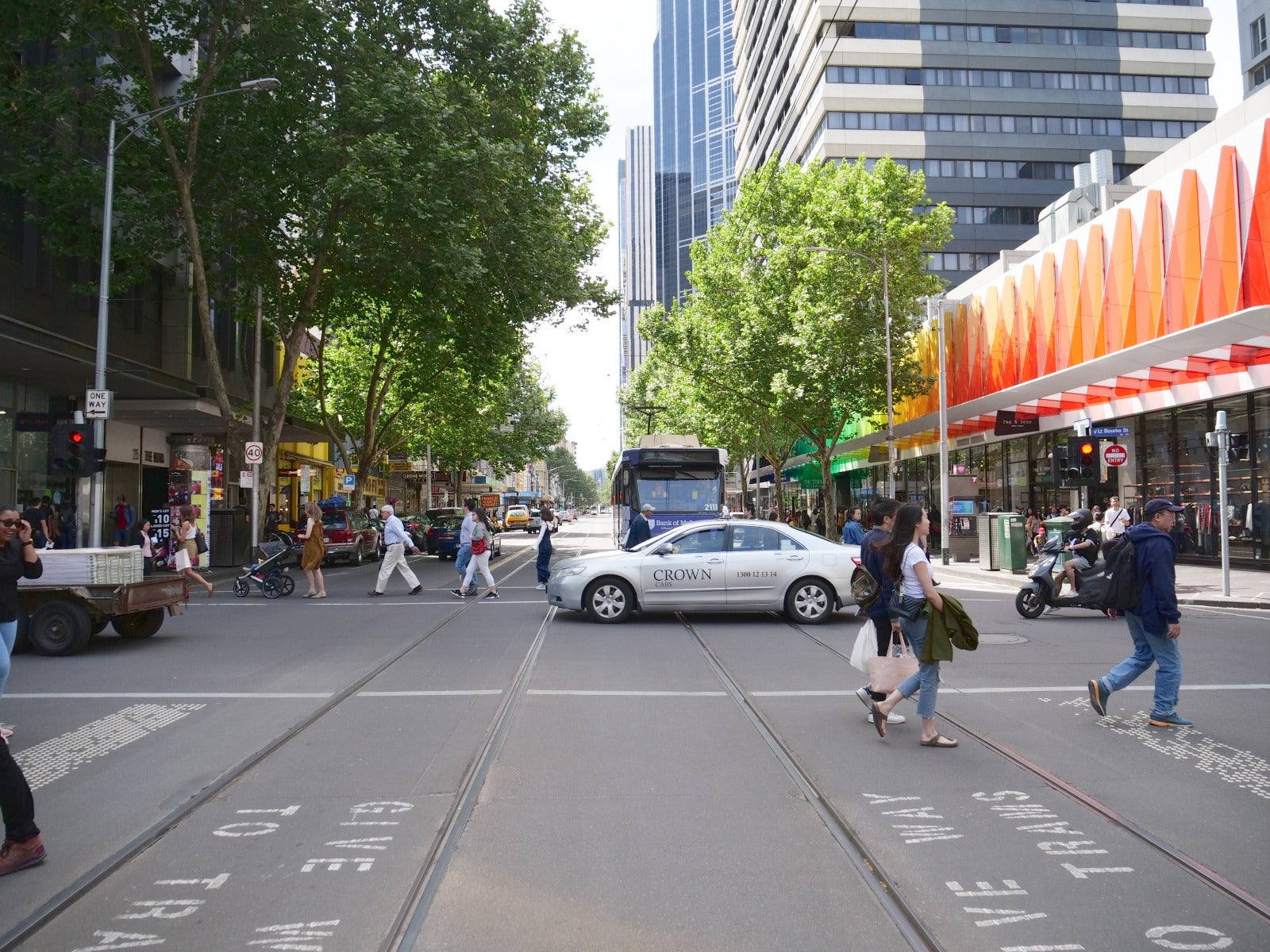
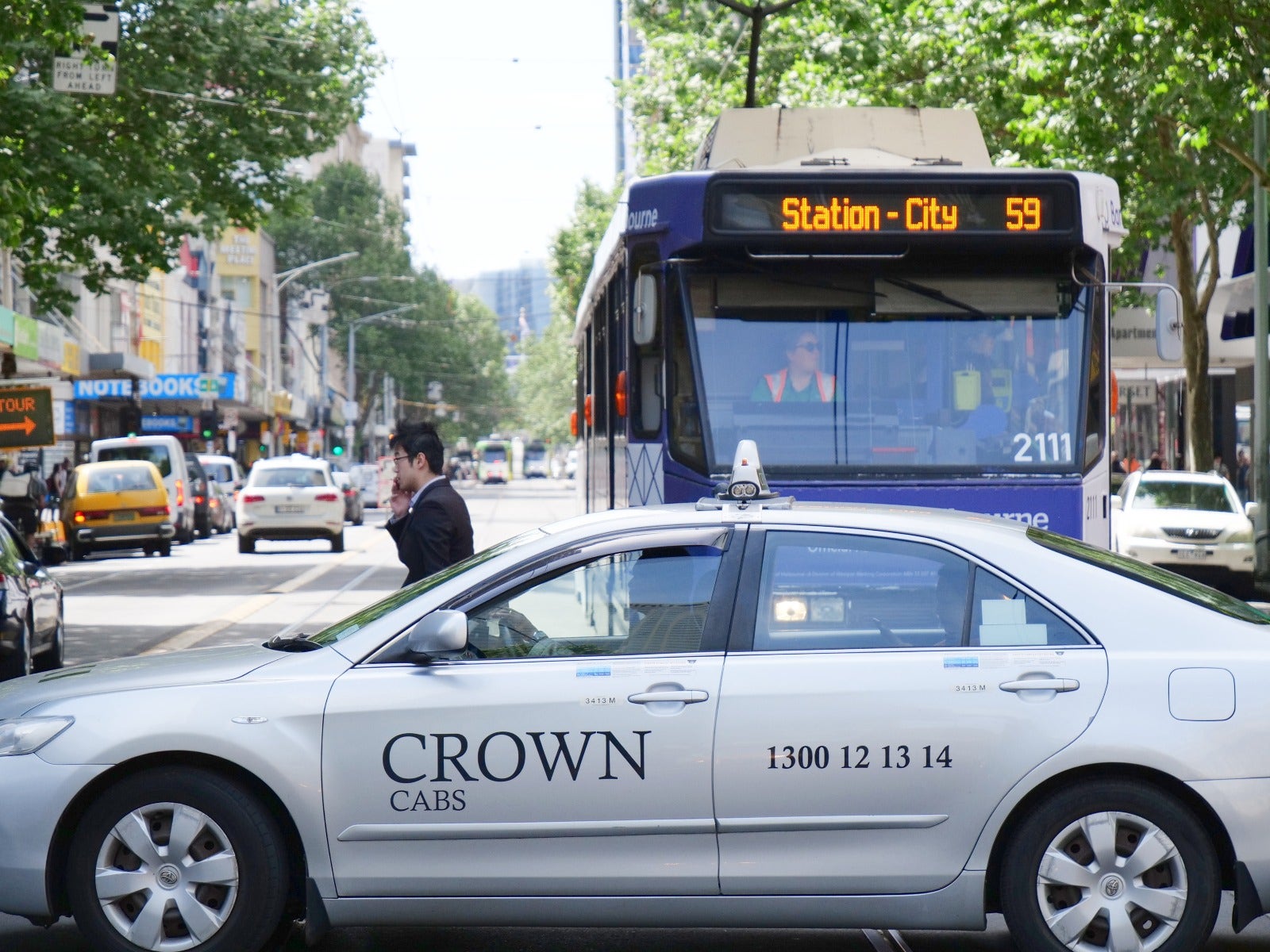
Top: an image taken at 24mm. Bottom: an image taken from the exact same location but with a 120mm lens. The focal length affects the field of view.
Perspective
In addition to affecting the field of view, focal length also affects the perspective of your images. A longer focal length will make the distance between the subject and the background appear smaller - it compresses the background. A wider focal length will stretch out and exaggerate the distance between subject and background, kind of like a funhouse mirror. Portrait photographers often prefer a long focal length (often 85mm) because compressing is more flattering to the human face. Wide angle lenses tend to make people's noses exaggeratedly large, which is often not a desired look.
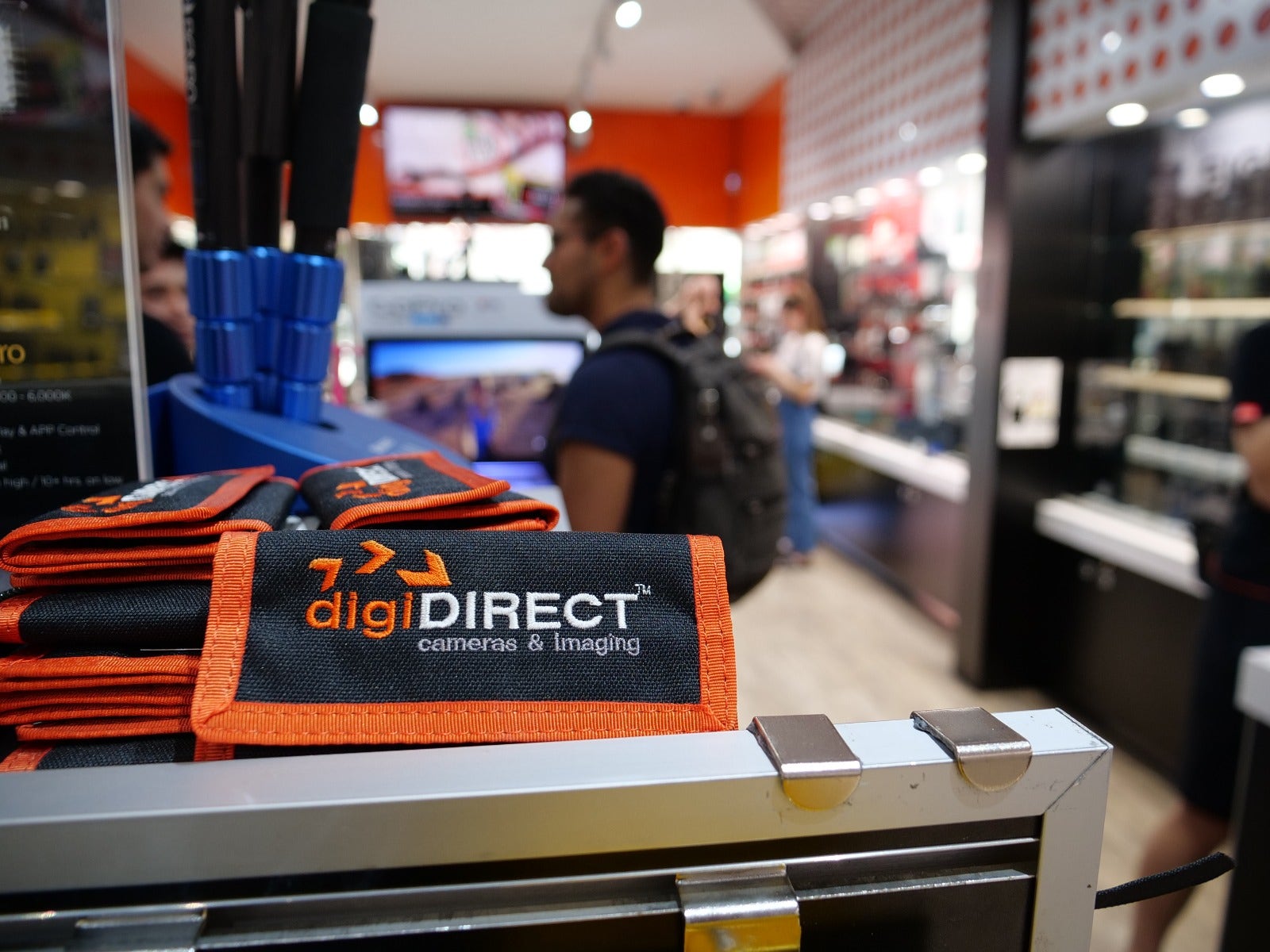
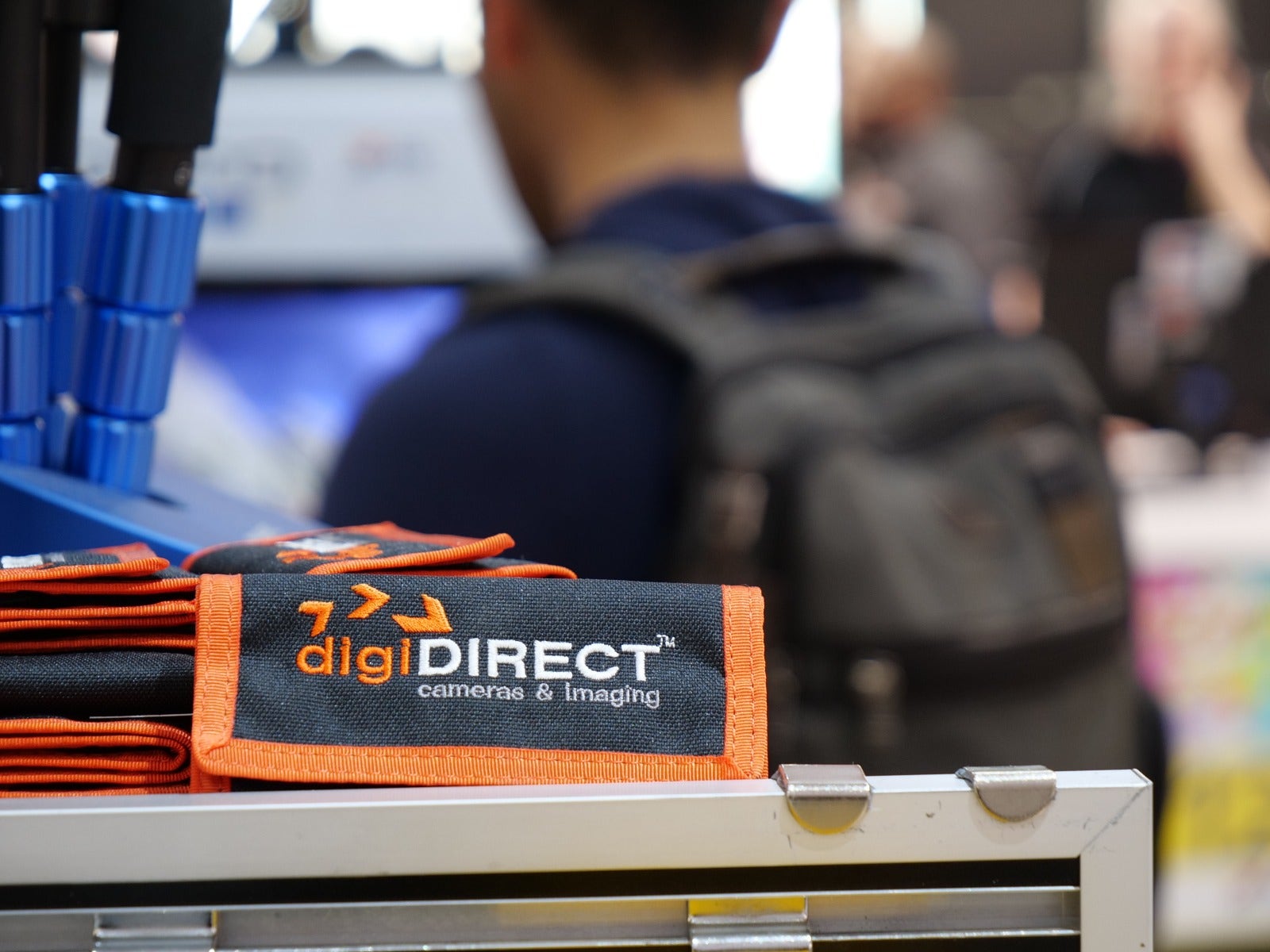
Two images with a similar composition but different focal length. The image on the top, with a wide 24mm lens, exaggerates distance in the background. The bottom image, taken with a 120mm lens, compresses the background.
Depth of Field
As you start learning about focal length, you will probably also learn more about depth of field. The aperture of your camera has a big effect on depth of field, but focal length also has a role to play. Depth of field refers to how much of your image is in focus. A shallow depth of field means only a small part of the image is in focus (usually your subject) while much of the background is out of focus. This is common in portrait and artistic photography. A deep depth of field means most of your photo is in focus, regardless of the distance from the camera. Landscape photography often uses deep depth of field. Learn more about depth-of-field here.
While aperture is the main setting that affects depth of field, focal length also plays an important point. A long focal length provides a shallower depth of field while a wide focal length provides a deeper depth of field. For that reason, using an aperture of f/1.8 on a wide angle lens will provide a deeper depth of field than an aperture of f/1.8 on an 85mm lens. This is another reason why portrait photographers often use longer lenses, as this provides shallower depth of field than a wider angle lens.
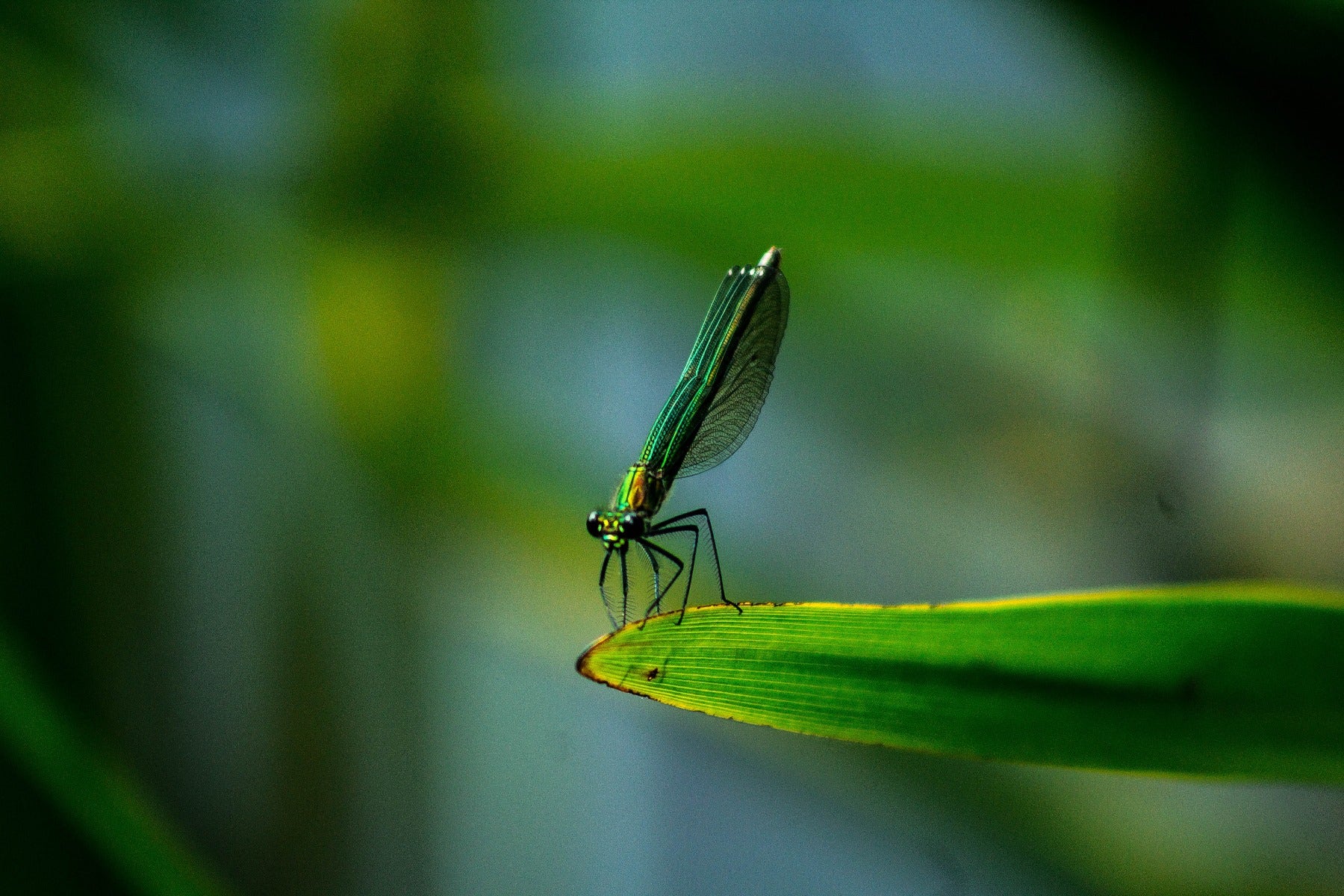
The blurry background in this image indicates a very shallow depth of field. Longer focal lengths result in a shallower depth of field at comparable apertures than wider focal lengths
What Focal Length Is Best For Different Styles?
It's definitely a good idea to experiment and find out what focal length settings you like best in different photography scenarios, but if you just want to get started before you start playing, here are some common types of photography and the most common focal lengths.
Wide Angle
When you want to take in as much of the scene as you can, a focal length of 35mm or less is going to be your go-to. This will allow you to capture a very wide field of view. This is great for landscape photography and can create some incredible images with a huge feeling of distance in the image.
Short focal distances can also be great when you're trying to capture a big group of people without having to stand 500m away! It's a better choice than trying to back farther and farther up to get the full image!
Wide angle lenses are typically not ideal for portraits or any kind of closeup of humans as it unflatteringly distorts the face.
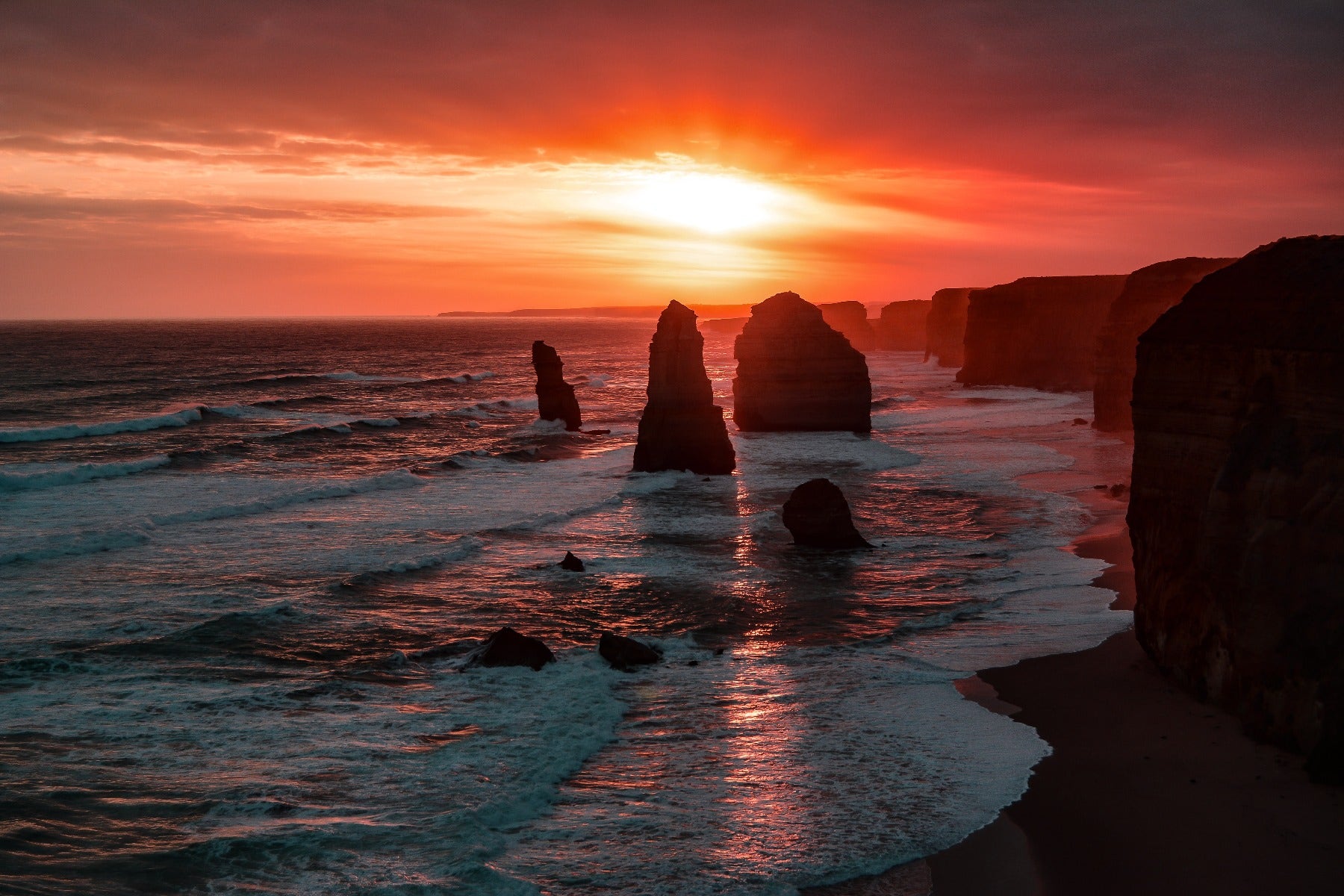
Wide angle lenses excel at taking images of large vistas, like this shot of the 12 Apostles
"Normal" Focal Lengths
When you want to capture an image close to how it's viewed by the human eye, you want to use a focal length between 35mm and 50mm. This is typically called a "normal" focal length. This will balance the distance between your subject and the background in much the same way that we see through our binocular vision. Pictures will feel very realistic and natural. This is great for snapshots or other images that you want to feel very natural.
50mm is arguably the most versatile focal distance; many fixed focal length lenses are set around here.
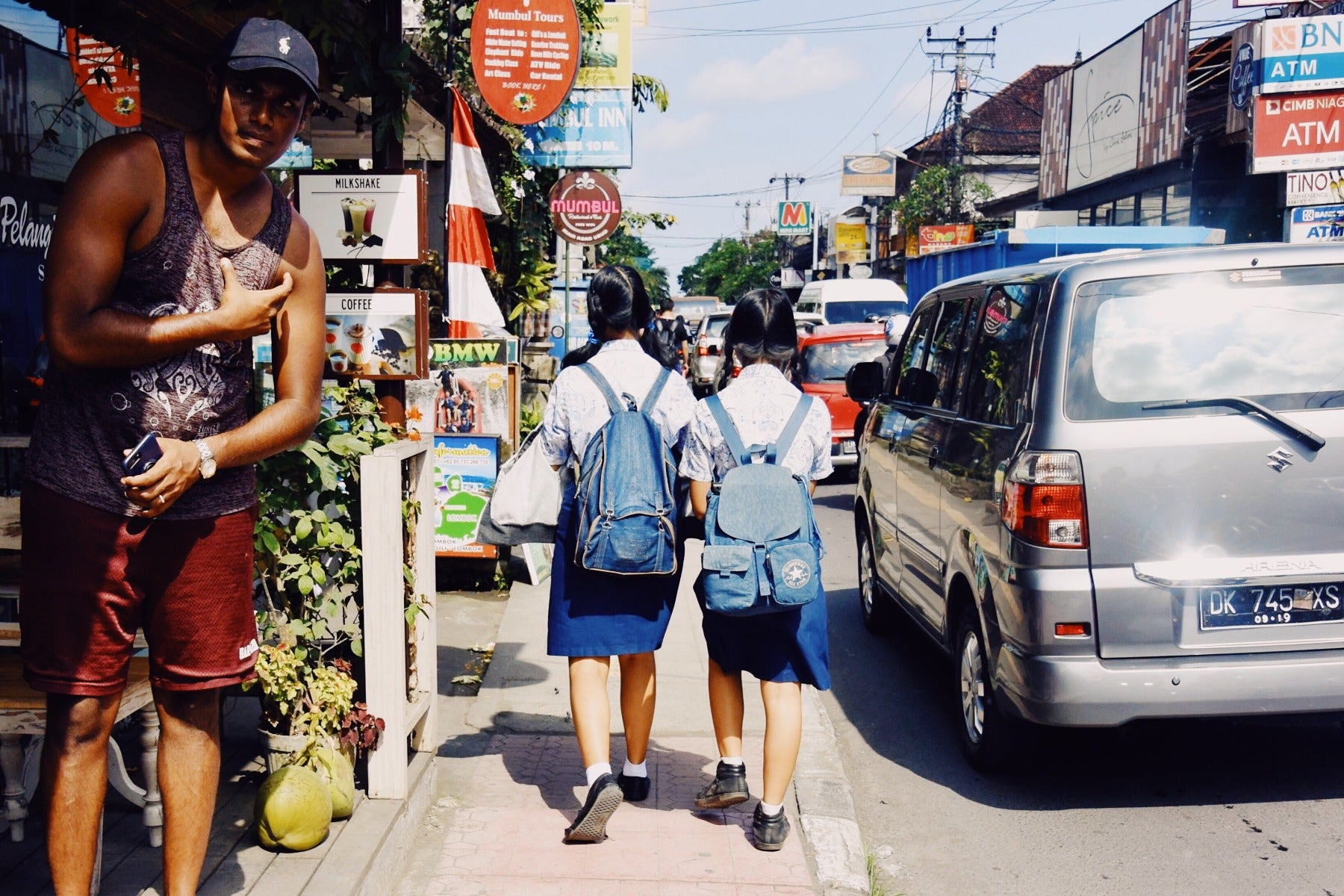
Normal lenses tend to approximate what we see with our eyes, without wildly differing perspectives. This makes them popular for street photography and general use
Portraits
When shooting portrait photography in particular, many photographers like an 85mm focal length. We often think that we want pictures that look just like we appear in real life...but that's not actually true. Using an 85mm lens offers just a bit of image compression, which helps a subject's face appear more balanced and even. This avoids the problem caused by wider focal lengths that distorts facial features. Longer focal length lenses also provide more shallow depth of field, which is generally desirable in portrait photography.
Portraiture favours semi-telephoto lenses (typically between 85mm and 120mm) because they flatten the face favourably and provide increased shallow depth of field
Sports and Wildlife
A telephoto lens - one that has a focal length of up to 300mm - is used in very specific situations. Wildlife photography and sports photography are often best captured using this focal length. It helps the photographer seem much closer to the action than they can physically get, but it also compresses the background towards the subject. This makes the subject stand out in sharp relief while also making sure that the background itself seems closer than it otherwise might.
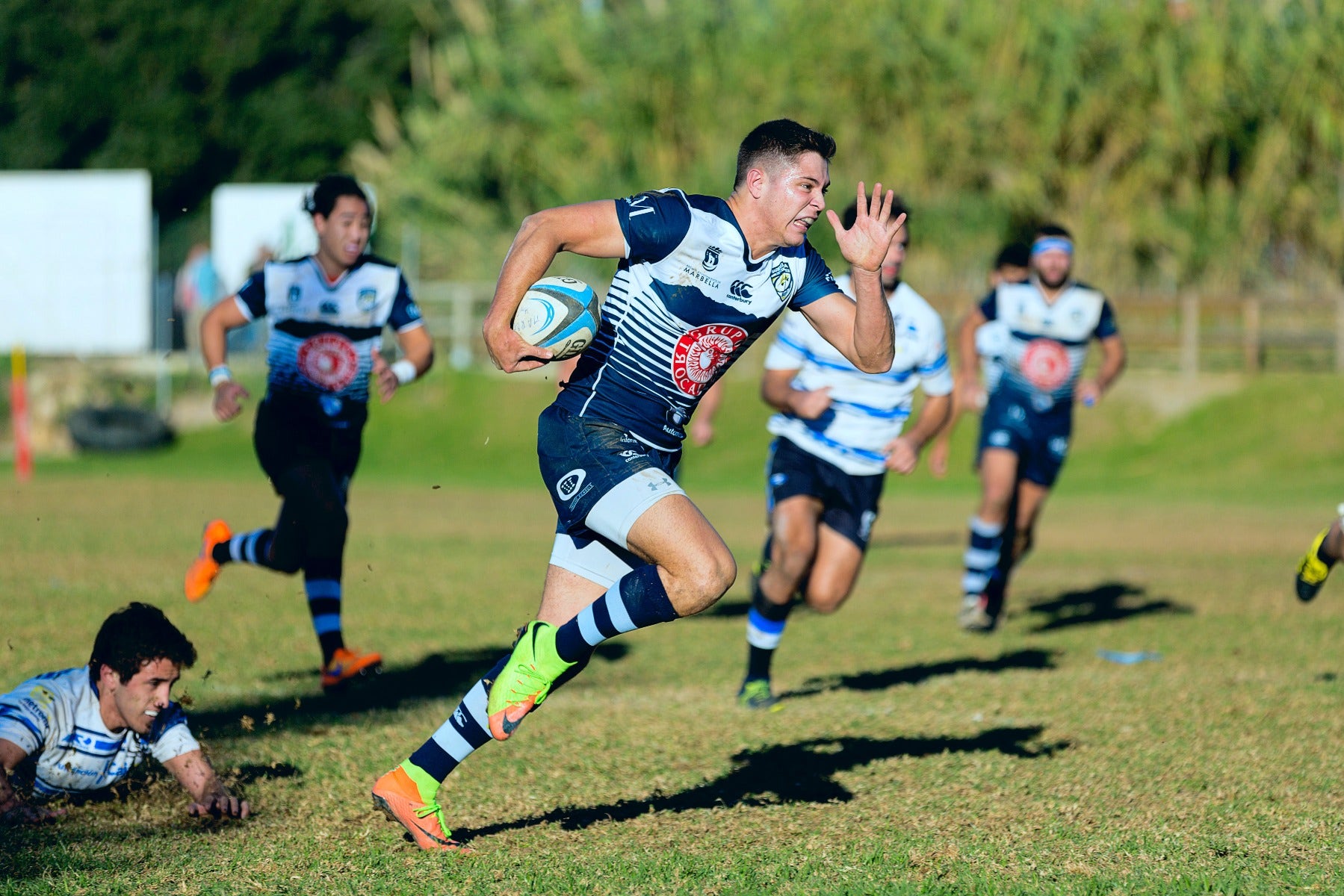
Subjects like sports and wildlife, where there is typically a large distance between the photographer and the subject, favour long focal lengths
Low Light
Focal length doesn't actually have any impact on shooting in low light. For that, you'll want to understand the Exposure Triangle. However, dropping your aperture to increase the light captured also results in increasing shallow depth of field. If you want to shoot low light images with a deep depth of field, this will be better on a wider angle lens as you can shoot at the same aperture (therefore capturing the same amount of light) while the wider focal length will result in a deeper depth of field than a longer focal length would.
Ultimately, choosing your focal length is a matter of the type of image that you are taking. Most photographers will carry multiple lenses across a range of focal lengths so they can change the style of photos that they take. Many new photographers start with a kit lens on their camera, which is generally in the range of 18-55mm. When it comes time to buy a new lens, think about what focal length you want. Are you often trying to fit everything into the frame and capture a very wide image? Then consider a wide angle lens. Are you always trying to get just a bit more reach? Look at a telephoto lens. Do you want more shallow depth of field? You probably want a short telephoto lens that also has a fast aperture.
What we've presented here are just guidelines. Exciting new types of photography have developed because of people trying to do things differently, creating innovative effects. Using focal length and combining it with different subjects and backgrounds can have astonishing results.
If you're not sure what type of lens, camera, or other photography equipment might suit you best, get in touch with digiDirect. We offer a fantastic selection of cameras, lenses, and other accessories that will get you started on your journey towards the best photography has to offer. Whether you're looking to take a better snapshot with your family or get started as a formal photographer, we have what you need. Contact us today to learn more.






















































































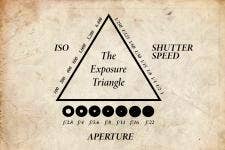
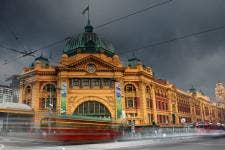
Comments
No Comments yet. Be the first to comment.